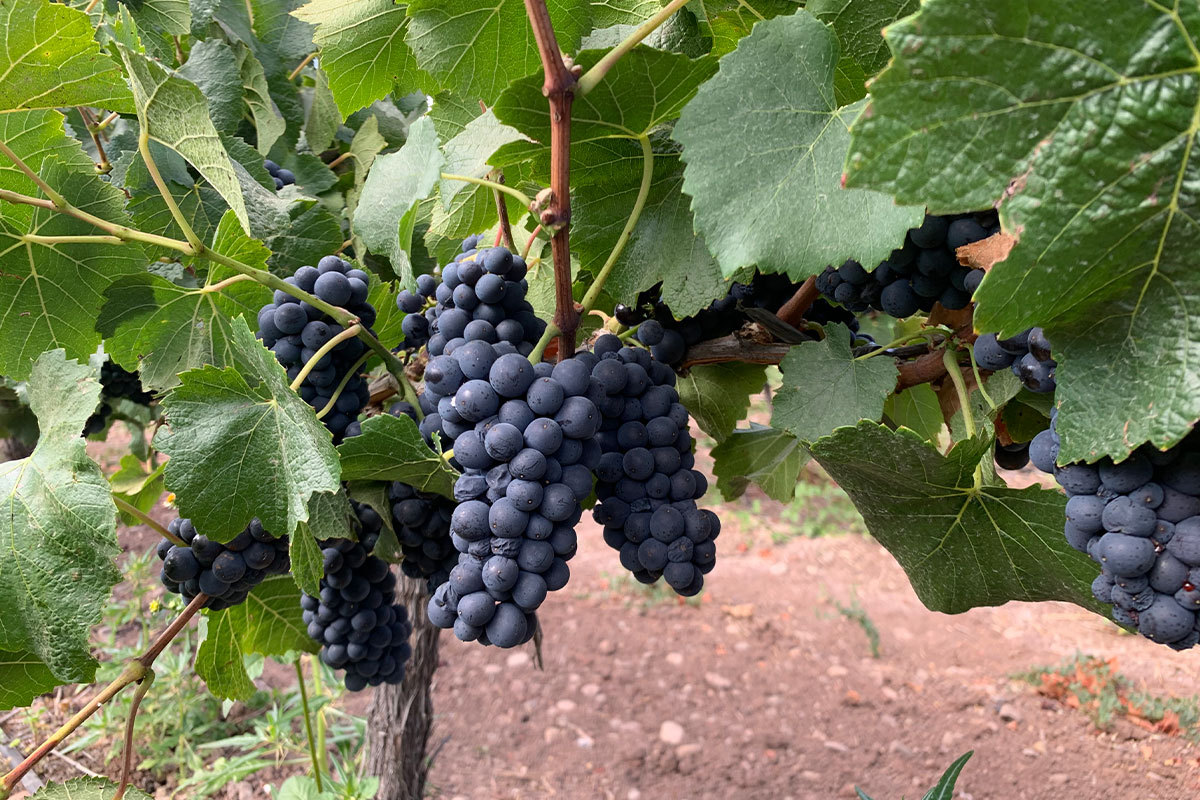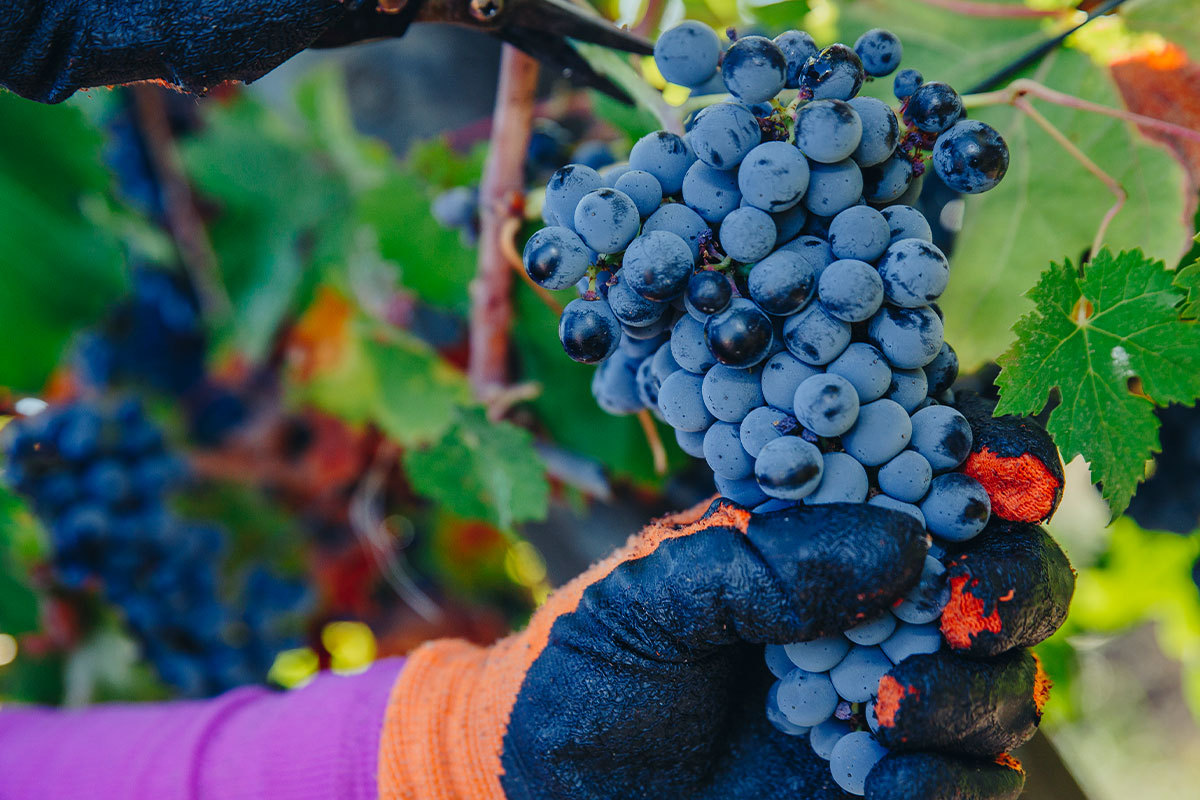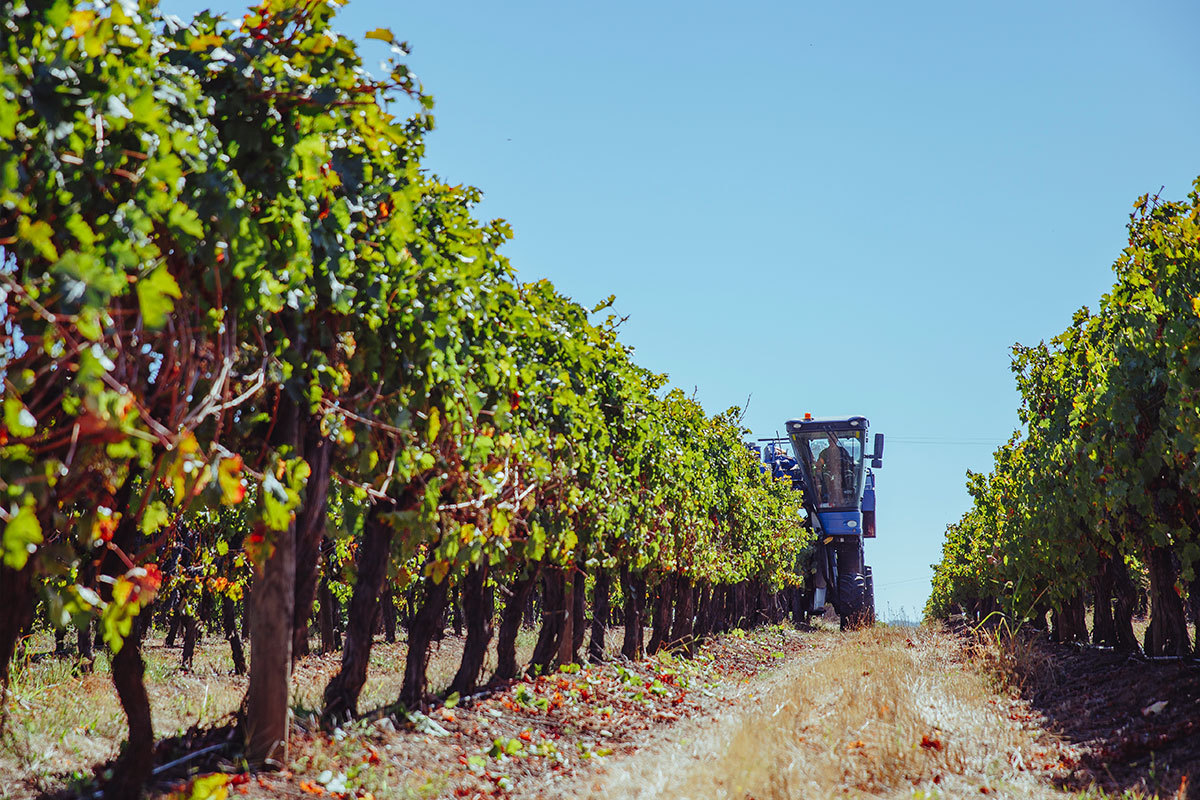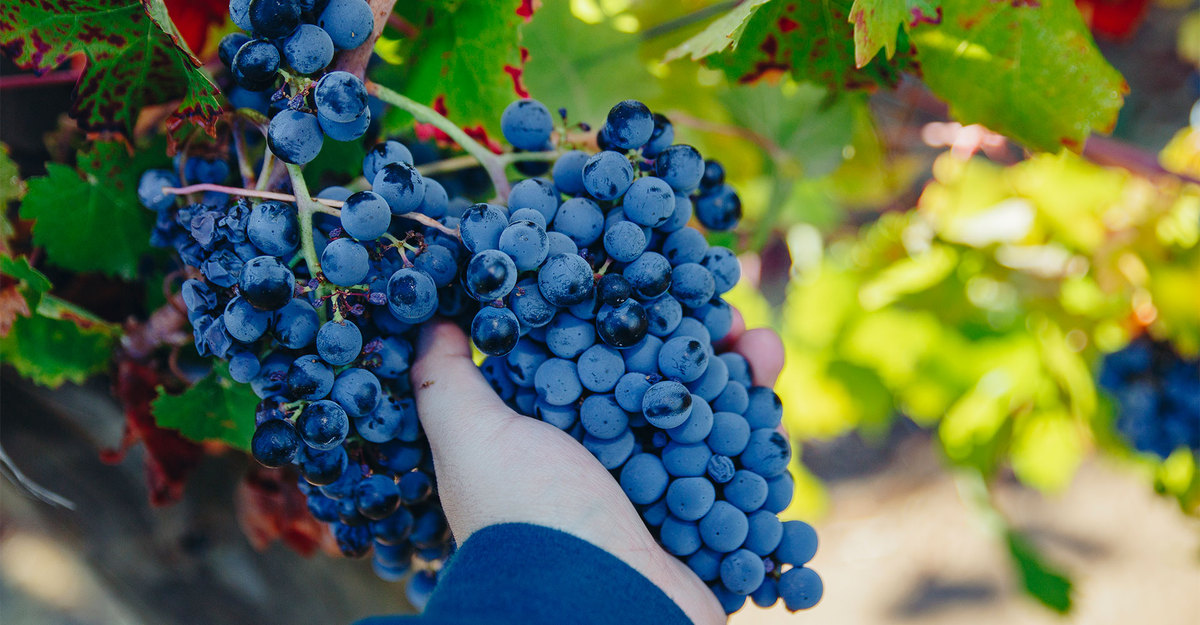5 de April de 2021
Its wine grape harvest season!
The most important moment in the world of wine has already arrived in the Southern Hemisphere. It is the culmination of a very special process that brings together nature with the hands of grape growers, viticulturist, harvesters and winemakers, to create that precious liquid called wine. What it consists of and other details, we will tell you below.
Before crushing the grapes to collect their juice, which will be transformed into wine, there is an event that is decisive on their quality. We are talking about grape picking, also known as harvest season. This grape harvesting period happens between August and November in the northern hemisphere, while in the southern hemisphere it is between February and April, approximately.

However, the harvest is the culmination of a process that starts much earlier. In the case of the Southern Hemisphere, the young clusters appear around November and December, but it is towards the end of January that the green grape berries begin to ripen and change colour. This stage was called Veraison by the French, and it is very important since the vine stops allocating energy for the growth of the tree, concentrating on making the grapes less acidic and sweeter. And in wine, sugar is equivalent to alcohol.
This transformation that lasts between 30 to 70 days, depending on the grape variety and the climate, makes the green clusters take on a greenish-yellow colour in the white varieties; and red, purple or almost black in the reds. The grains also soften and increase in size, which is why they are prone to be attacked by insects, fungi and even animals such as birds. For this reason, in the weeks before the harvest, the work of winegrowers and winemakers is essential. They are the ones who take care of and check the vineyards regularly, tasting the grapes to determine how the tannins feel in the palate and to find their optimal ripeness (often with laboratory tests that verify the Ph and Brix (sugar measure). These are crucial decisions to determine the characteristics of the wine to be made and the quality that it could achieve.
It is because of all this work and expectation, in addition to the colourful spectacle offered by the vines themselves, that the harvest season is one of the most exciting times in the wine world. It is the celebration of the end of a process where nature and humans work together. An occasion that also recalls traditions rooted in each wine-growing region of the world: from the art of foot stomping until the preparation of typical meals.
Once the winemakers determine the time is right, the process can be carried out manually with the help of grape pickers (as with the grapes that give rise to Carmín de Peumo, Gravas del Maipo Syrah or Amelia Pinot Noir)

or with the use of machines.

This will depend on each winery, by the way. Then the grapes are transported to the cellar (generally at night to avoid high temperatures), where they pass through the selection belt that will discard the fruits that are not in good condition, while the good grapes go to the destemming that separates the grapes of the cluster and its leaves. Then comes the crushing (formerly known as foot stomping, in which barefoot people step on the grapes to extract the juice); and later the fermentation that will give rise to the first wine of the harvest.
Thanks to the harvest and the first wine, the first results will be obtained to determine if it is suitable to produce a bold wine with aging potential or a young one , for example. That’s when it will be known if all the efforts and the care of the vines were worth it.










